3 ARTICLES ON THE PSYCHOLOGY AND NEUROSCIENCE OF SLEEP
ARTICLE #1
TITLE
The Neuroscience of ‘Rock-a-Bye Baby’
DESCRIPTION
This is an easy to read fascinating article about a study that investigates “rocking” motion, sleep efficiency, and memory.
“New research shows that a slow rocking motion not only improves sleep but also can help people consolidate memories overnight. And this, in turn, tells us something interesting about how much the brain is affected by what seem to be purely physical interventions.” The beauty of the article is that it discusses in simple terms how the study was performed, the results, and further discusses the neuroscience behind sleep and memory. A great article for discussion!
SOURCE
New York Times, February 10, 2019, by Richard Friedman
LINK TO RESOURCE
https://www.nytimes.com/2019/02/10/opinion/sleep-neuroscience.html
(Tiny URL) http://tinyurl.com/y6j6jzwt
=============
ARTICLE #2
TITLE
Is Snoring Dangerous? Here’s When to Worry
DESCRIPTION
As the title of the article asks: “Is Snoring Dangerous?” When we teach and assign the chapters on Sleep, usually the sleep disorders are discussed. Here is a very recent article that addresses these issues. In particular, sleep apnea has gained much attention due to the dangers associated with it. “A 2016 study in the journal Sleep and Breathing found that snoring, combined with extended breathing stoppages (also known as obstructive sleep apnea), was associated with a two-fold increase in cardiovascular disease risk….Why? Snoring and sleep apnea may lead to “intermittent hypoxia,” says Dr. Teemu Niiranen, first author of the study and a researcher with Finland’s National Institute for Health and Welfare. Hypoxia is a medical condition in which the tissues of the body don’t receive enough oxygen. This can lead to arterial damage or blockages, inflammation and unhealthy pressure changes inside the chest.” In the class discussion, ask students if they know of anyone with sleep apnea, it’s causes, and treatments.
SOURCE
Time, January 4, 2019, by Markham Heid
LINK TO RESOURCE
http://time.com/5491944/what-causes-snoring/
(Tiny URL) http://tinyurl.com/yyyafw24
===========
ARTICLE #3
TITLE
Here’s Why You Shouldn’t Take a Sleeping Pill Every Night
DESCRIPTION
This article focuses on the use of both over-the-counter (OTC) sleep aids (such as Benadryl and diphenhydramine in other meds) as well as prescription medication used for sleep (such as Ambien and other hypnogogic drugs). The article discusses the over use and over prescribing the drugs and the potential dangerous side effects of all of them. At the end of the article is the suggestion that Cognitive Behavioral Therapy (CBT) as well as other behavioral interventions are a better choice for individuals with insomnia and other sleep related problems. For class discussion: ask the students what they know about insomnia and medication usages, and also if they understand the potential negative side effects.
SOURCE
Time, October 9, 2018, by Markham Heid
LINK TO RESOURCE
http://time.com/5414015/sleeping-pill-health-risks/
(Tiny URL) http://tinyurl.com/ybvw4tqm
===========================
CLASS DISCUSSION QUESTIONS
•General discussion: What is sleep? What are the “normal” sleep cycles and REM activity?
•What are the various sleep disorders and how are they classified?
•According to the articles, what facilitates falling asleep?
•According to the articles, what hinders sleep?
•How is snoring a possible indicator of a more serious problem?
•What are the side effects of both over the counter sleep aids and prescription drugs? What are some possible alternative treatments?


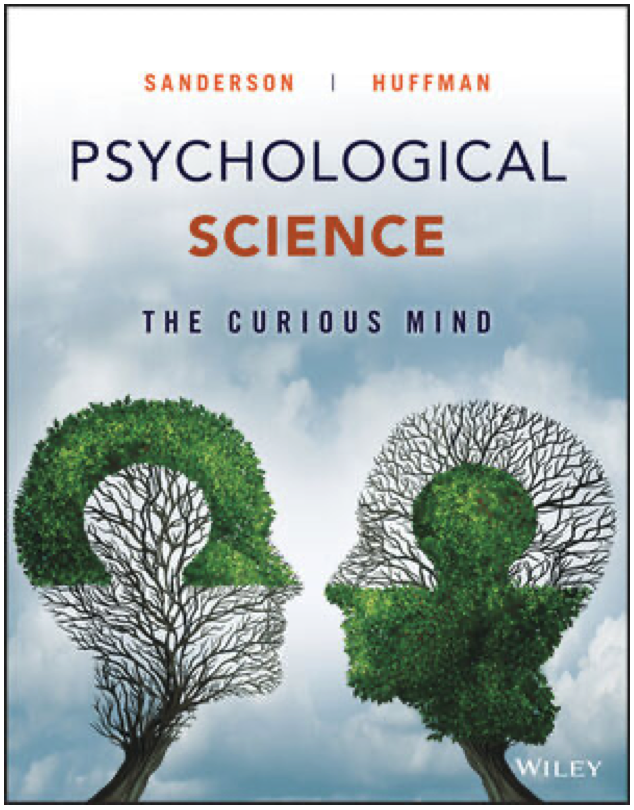
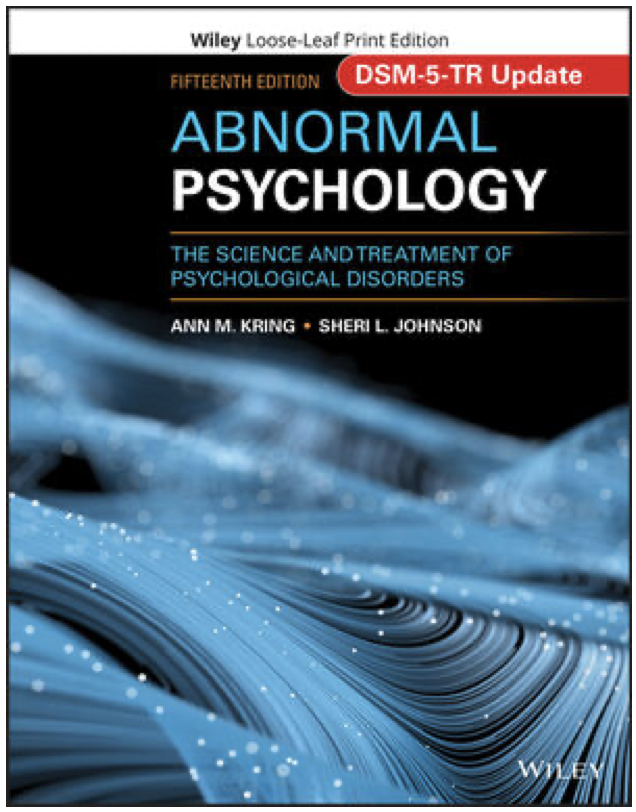
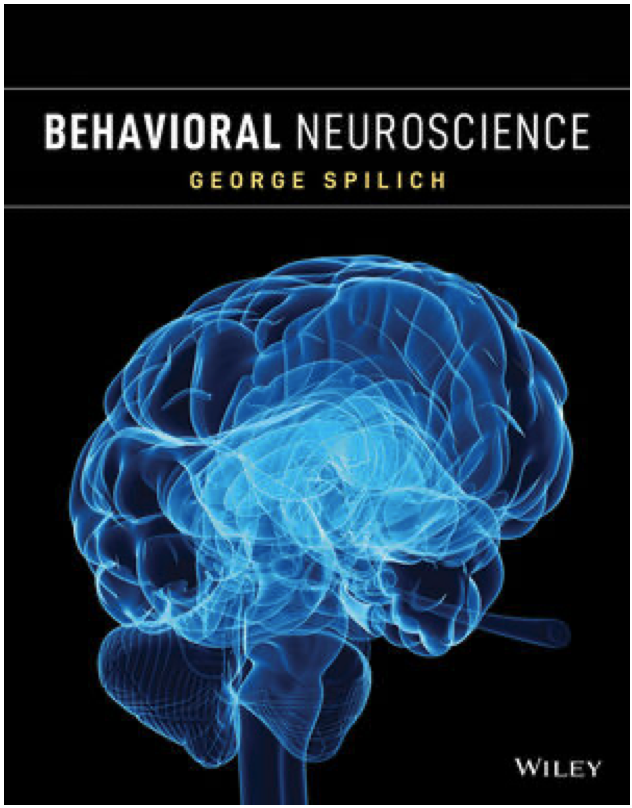
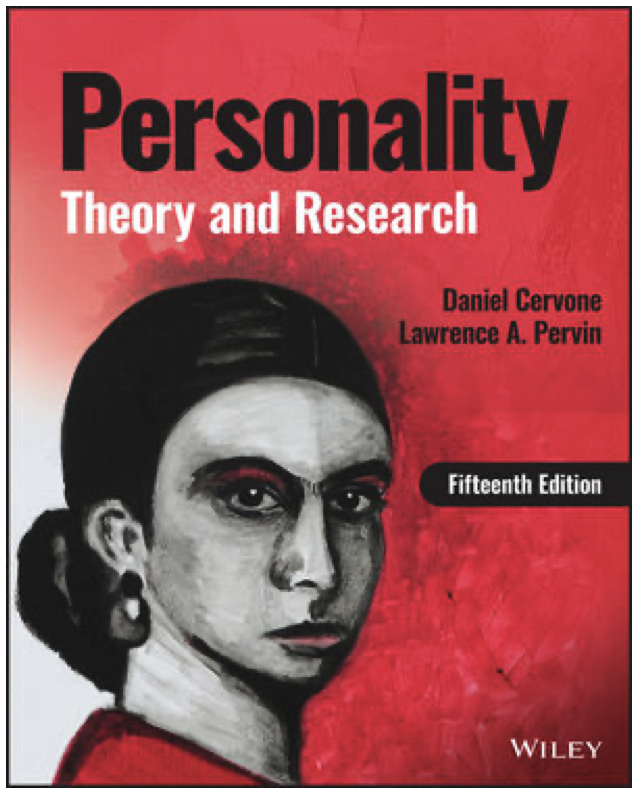
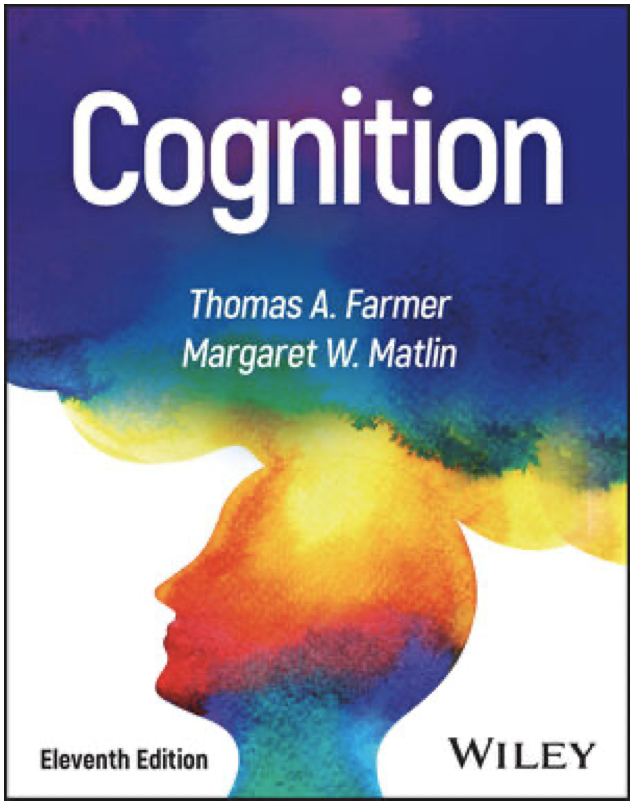
Leave a Reply